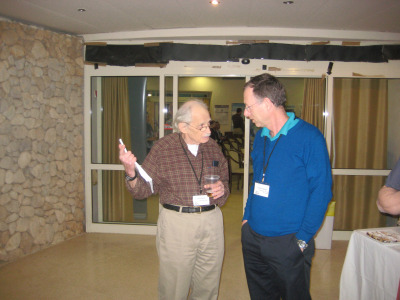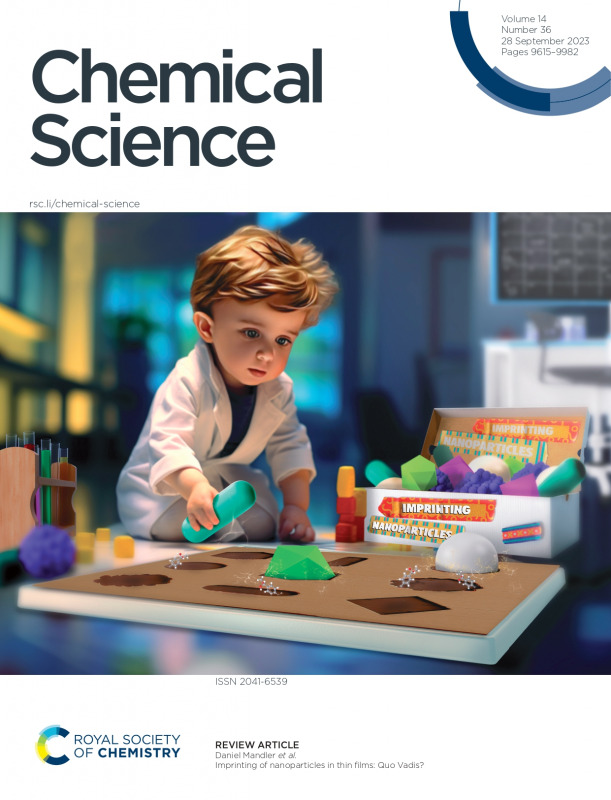Welcome to Daniel Mandler's group at the Hebrew University!
The group deals with a wide spectrum of research fields spanning from fundamental electrochemistry, through the imprinting of nanoobjects, the chemical and electrochemical of deposition and functional coating, e.g., implants, to solar energy conversion and electricity storage.
We focus on the synthesis and methods of applying materials, thin films made of organic, inorganic, and hybrid materials. The group includes nearly 20 postdocs, PhD, MSc, and undergraduate students. We are constantly looking for excellent new group members.

Highlights
Professor Allen J. Bard (1933-2024)
We mourn deeply for the loss of a dear person, friend, and esteemed scientist, whose contributions have profoundly shaped our understanding of electrochemistry.
Bard's legacy will forever inspire future generations to pursue excellent science.


The photos were taken at the SECM meeting held in Ein Gedi, Israel in February 2013.
Imprinting of nanoparticles in thin films: Quo Vadis?


